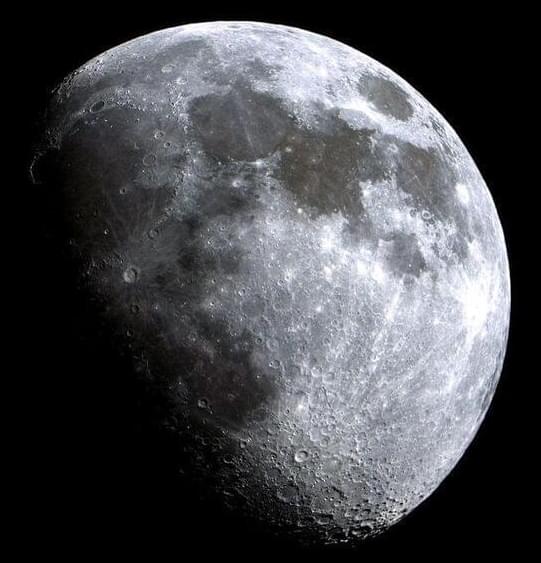Yesterday we were at Mars, today’s for the Moon 🌗🌕🌓
See you today on the livesteam and stationary in Kielce!
ERC to największe kosmiczne wydarzenie w Europie, które łączy międzynarodowe zawody łazików marsjańskich z pokazami naukowymi i technologicznymi.
Zobacz największy na świecie aktywny marsjański wulkan! Obserwuj zmagania drużyn z całego świata na specjalnym marsjańskim torze!
Weź udział w pokazach, warsztatach i prezentacjach przygotowanych przez naszych wystawców oraz prelekcjach, rozmowach i debatach z gośćmi z całego świata.







